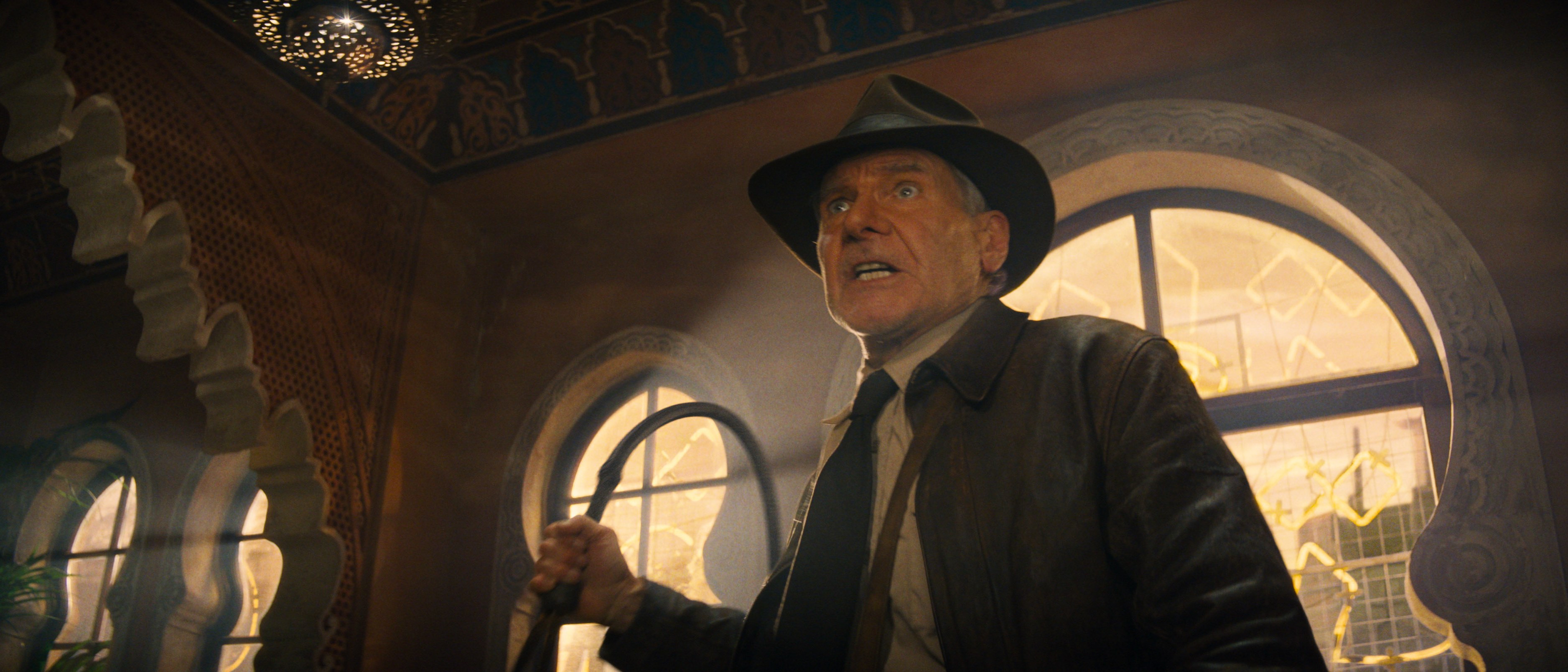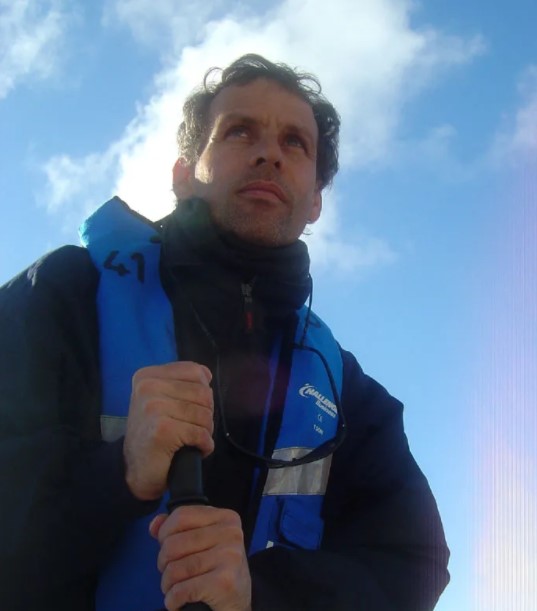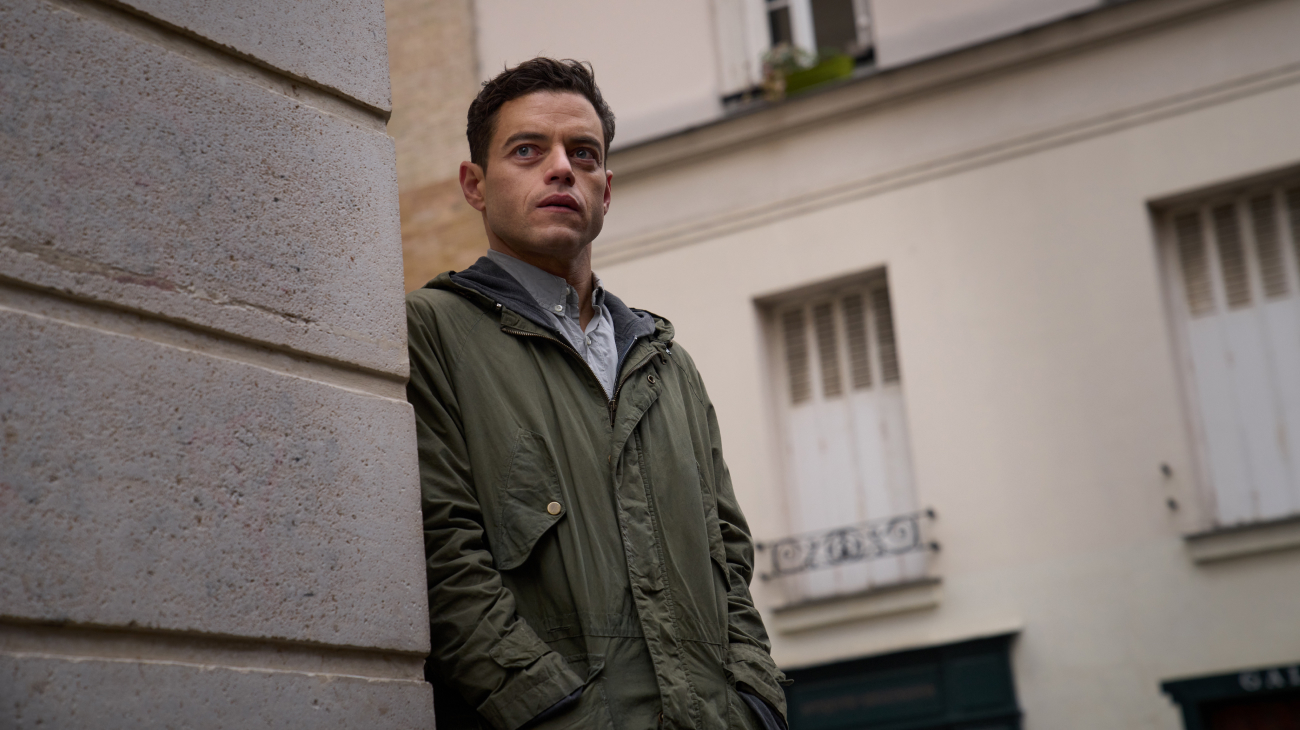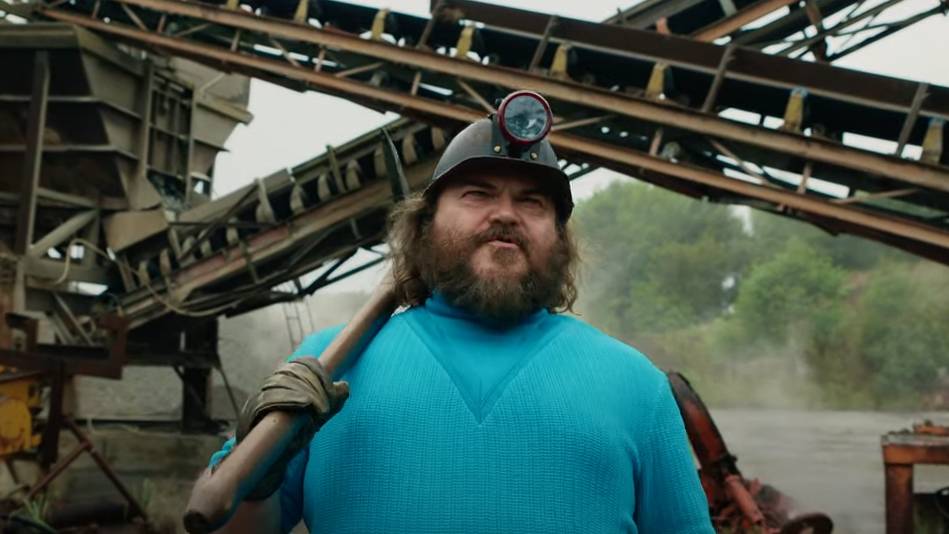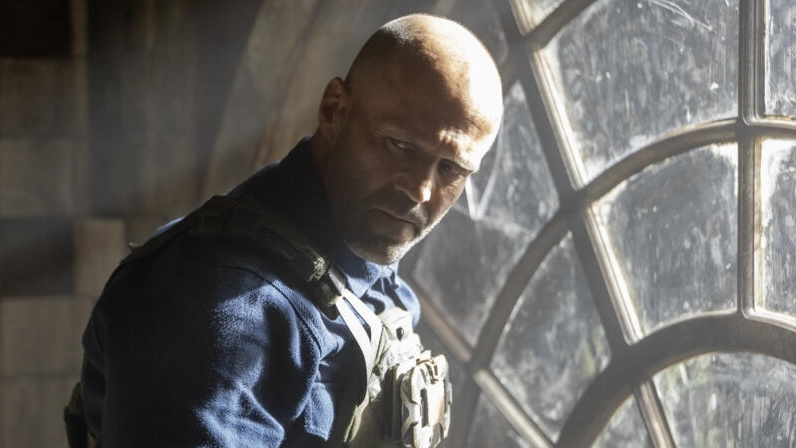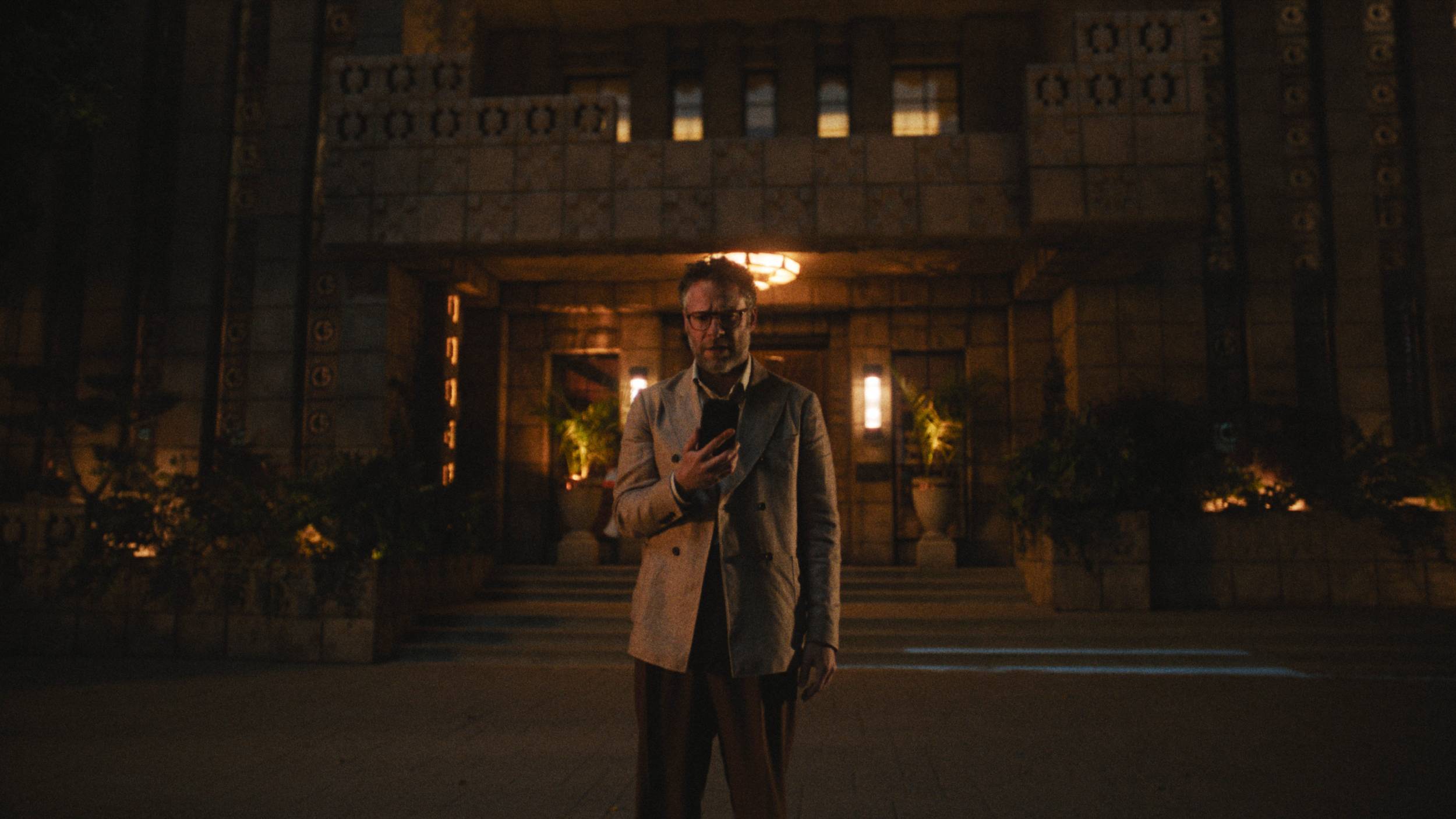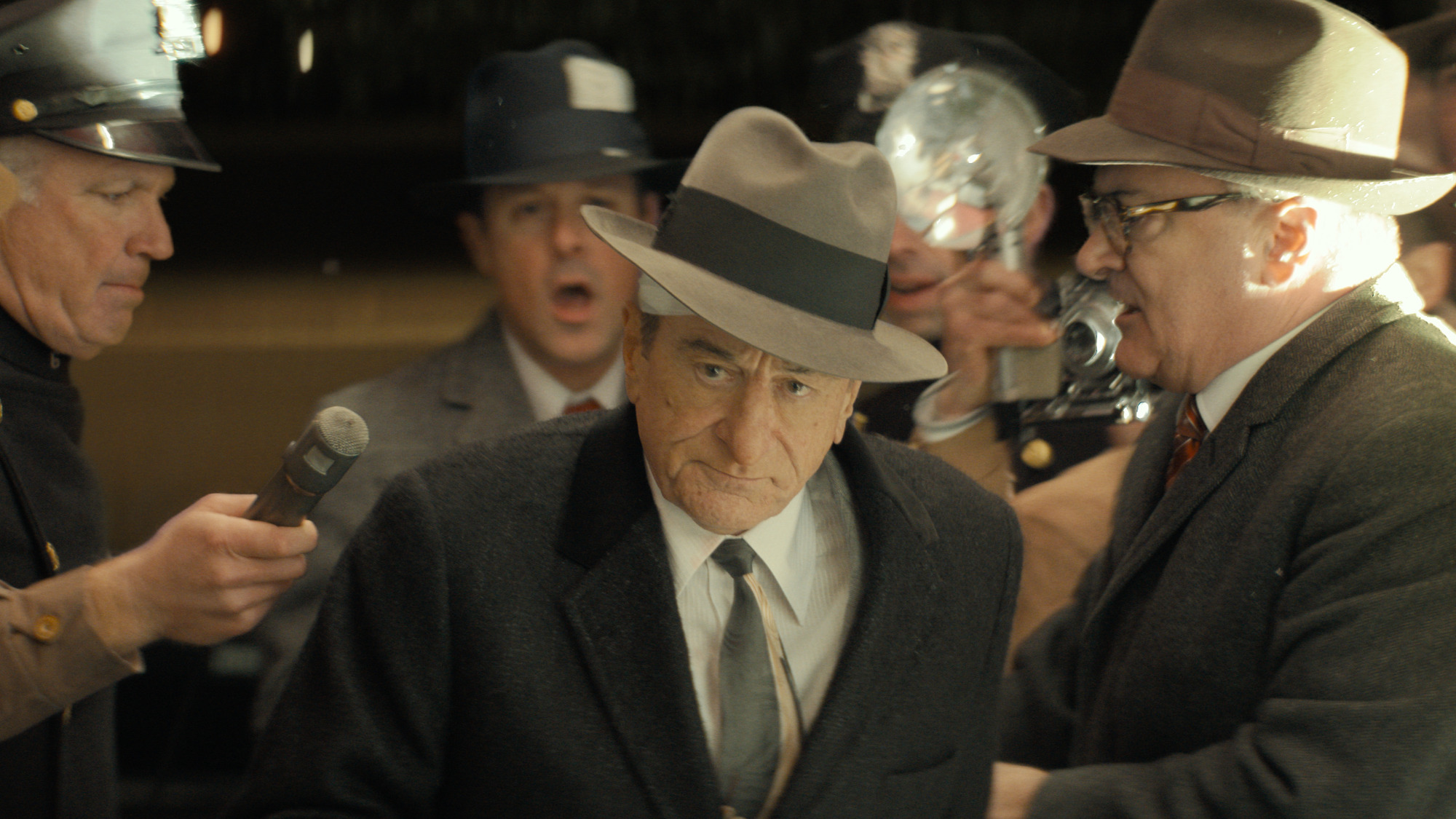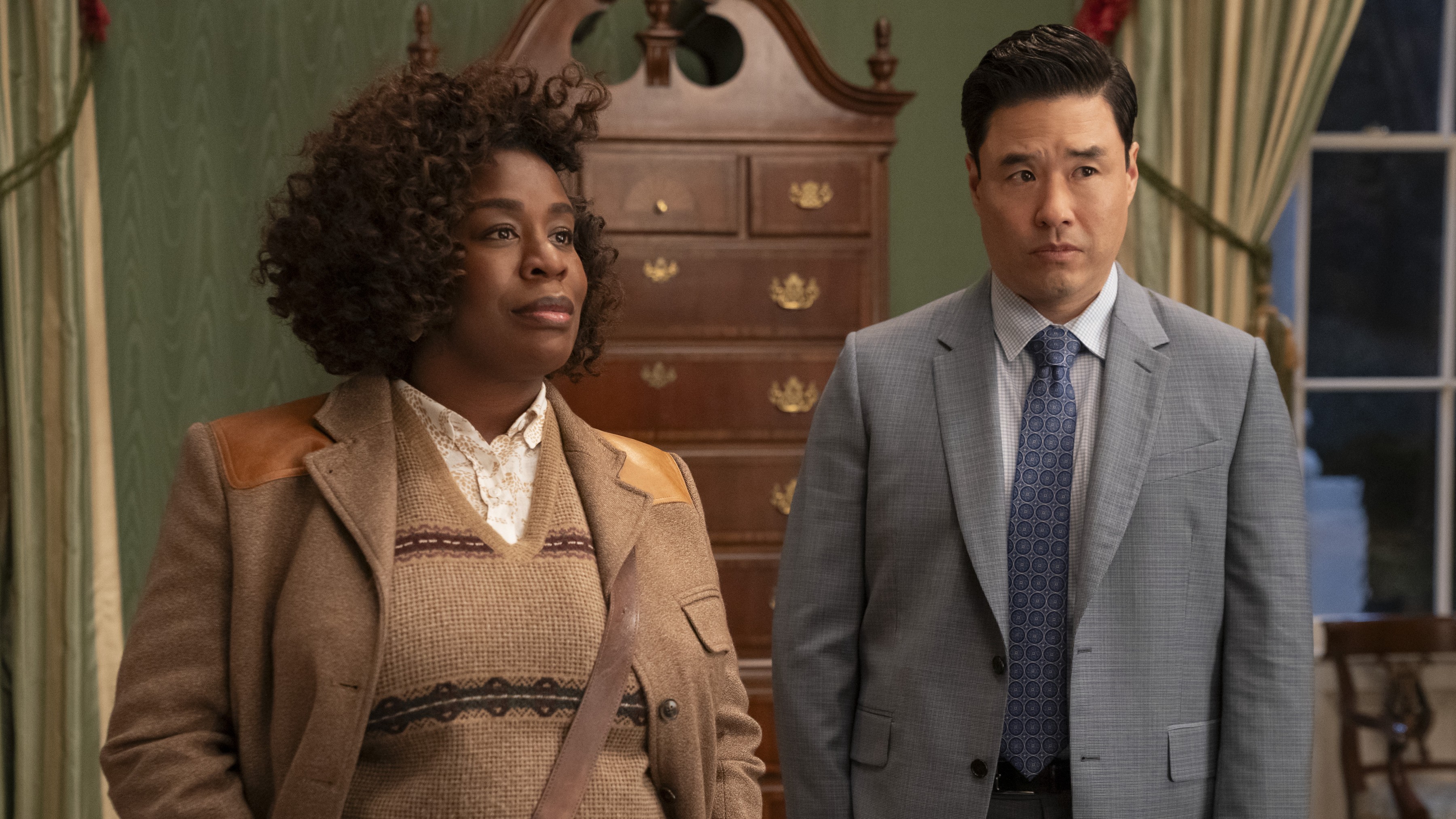What to Watch Verdict
Harrison Ford doesn't let his fans down in his last adventure as the beloved hero.
Pros
- +
Harrison Ford’s Indy still has his gruff charisma
- +
Pushes our nostalgia buttons
- +
Phoebe Waller-Bridge is great fun
Cons
- -
The movie’s reliance on CGI wizardry is a mixed blessing
- -
Doesn’t make the most of Mads Mikkelsen’s villain
Harrison Ford’s swashbuckling archaeologist Indiana Jones is, famously, an iconic figure born out of nostalgia — and he’s been kept alive by it too. Back in 1981, George Lucas and Steven Spielberg’s affection for the Saturday-morning adventure serials of their youth shone through the cliff-hanging derring-do of the character’s first outing in Raiders of the Lost Ark. More than forty years later, much of the pleasure to be found in Ford’s fifth and final outing as Indy lies in the film’s revival of its audience’s fond memories of his daredevil hero’s previous exploits.
With James Mangold taking Spielberg’s seat in the director’s chair, Indiana Jones and the Dial of Destiny kicks off, appropriately, by taking us back in time, back in fact to the latter stages of World War Two. Yes, after the franchise’s dalliance with Soviet foes in 2008’s disappointing Kingdom of the Crystal Skull, Nazis are once again the bad guys.
Indy, it appears, is on some kind of spy mission behind enemy lines, accompanied by his friend and fellow archaeologist Basil Shaw (Toby Jones), but he’s been captured and when we first encounter him, his features are hidden by a canvas sack placed over his head. It’s a nice tease. When the sack finally comes off, the face we see is that of a much younger, digitally de-aged Harrison Ford.
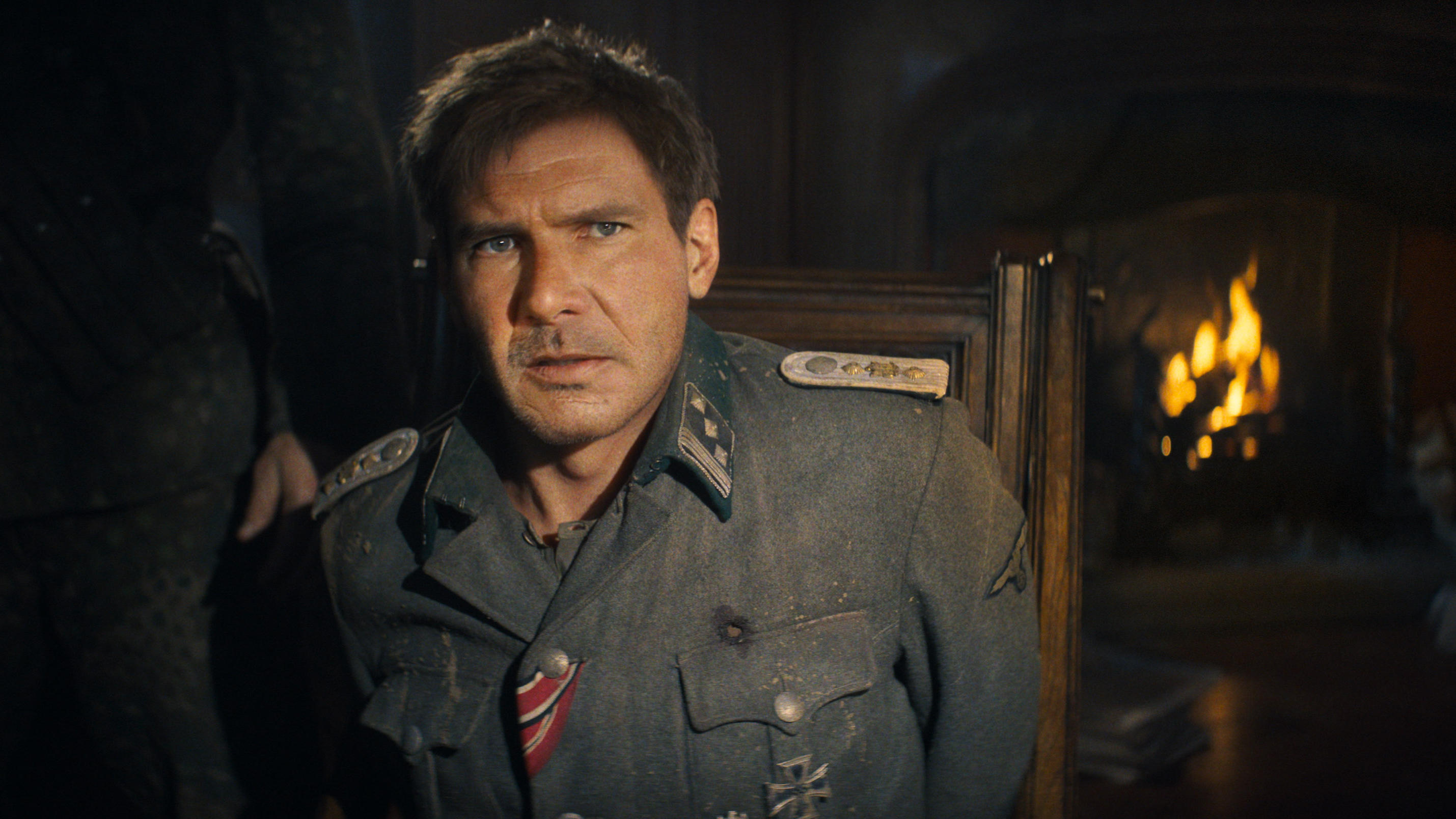
The technological trickery here is much more successful than in Martin Scorsese’s The Irishman, in which the de-aged Robert De Niro and Al Pacino often looked weird, and it helps us to swallow the intrepid feats that Indy goes on to pull off. That said, the film’s CGI effects only just pass muster when Indy starts slugging it out with an assortment of baddies on top of a speeding train.
The train is stuffed full of Nazi plunder, a haul of looted art and artefacts destined for the Führer. Indy quickly susses that the most valuable item on board is one half of the eponymous dial, the so-called Antikythera, a mechanical gizmo invented by ancient Greek genius Archimedes that can predict the appearance of fissures in time. Indy, however, isn’t the only one on the train who realises the Antikythera’s importance. So does Nazi physicist Jürgen Voller, played by Mads Mikkelsen, who turns out to be our hero’s main adversary over the course of the story.
Naturally, Indy comes out on top at the climax of this sequence, but the film then jumps ahead to 1969 and we find him waking up in his grotty New York flat, a grouchy geriatric who is mourning the death of his son in Vietnam (the franchise has mercifully killed off Shia LaBeouf’s character from Kingdom of the Crystal Skull) and the breakdown of his marriage to Marion Ravenwood (the Raiders’ heroine memorably played by Karen Allen).
Voller is also on the scene. He now goes by the name Dr Schmidt, having been recruited by NASA to work on the US space programme (a strong echo of Nazi rocket scientist Werner von Braun). And he is still on the trail of the Antikythera. So, it transpires, is Basil’s daughter — Indy’s goddaughter — Helena (played with frisky mischief by Phoebe Waller-Bridge), herself a dashing archaeologist with her own less than scrupulous designs on the dial.
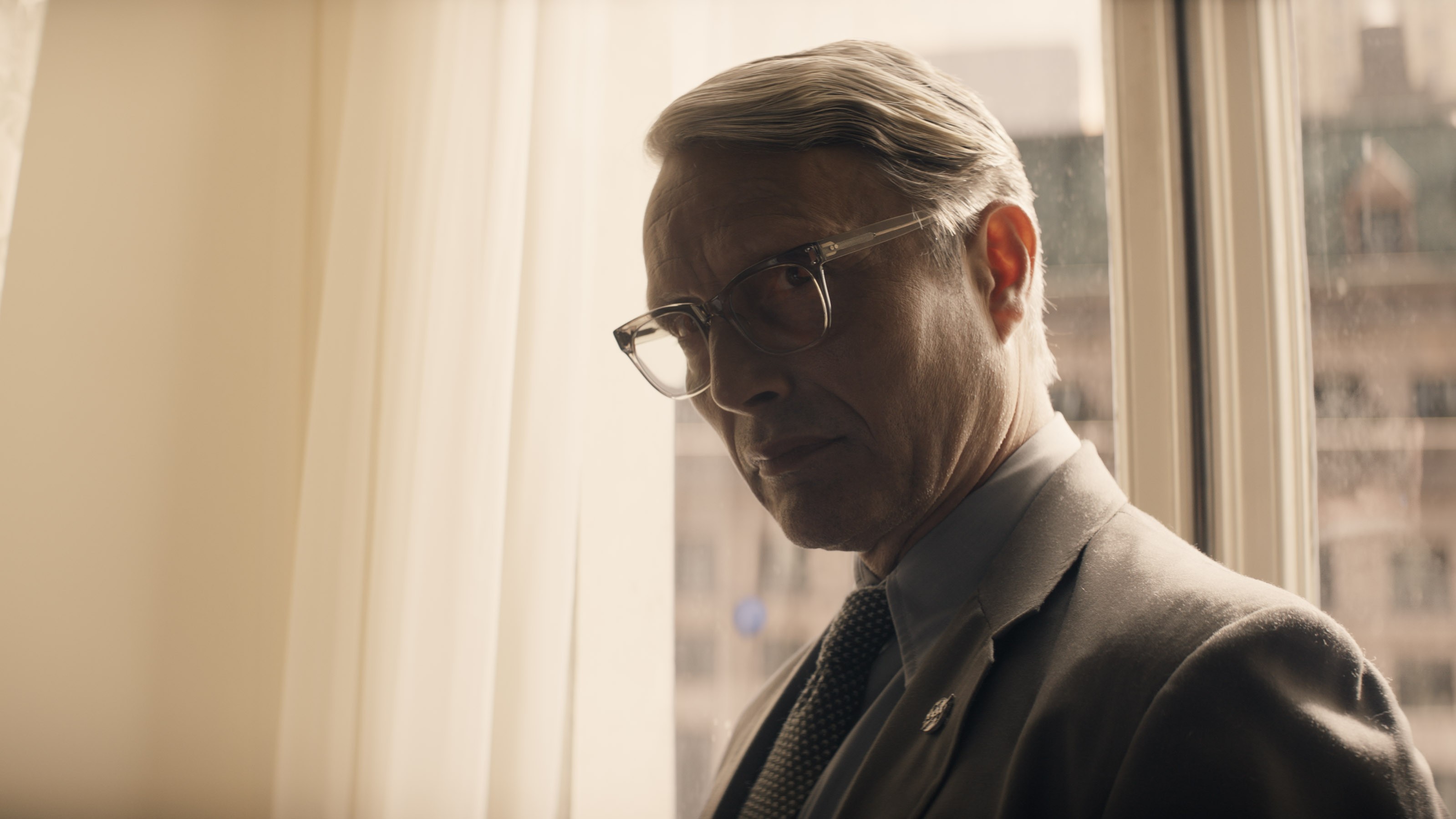
The remainder of the movie largely comprises a series of chases, which find Indy successively and repeatedly gaining and losing the artefact. Some of the time he’s at odds with Helena; at others, they are working in tandem. Meanwhile, there is, of course, the other half of the dial to find, and Voller and his thuggish henchmen to contend with.
Mangold doesn’t have Spielberg’s kinetic flair, but the film’s best action sequences are outlandishly exciting. In one, Indy takes to horseback, to evade his pursuers, first on the streets of Manhattan through a ticker-tape parade for the Apollo 11 astronauts and a nearby anti-war demo, and then down into the New York subway. In another, Indy, Helena and her young sidekick Teddy (Ethann Isidore) skedaddle, perilously, through the winding streets and alleys of Tangiers in a pair of three-wheeled tuk-tuks.
Other sequences are less successful, including an underwhelming underwater episode featuring a swarm of writhing eels and a shamefully underused Antonio Banderas in the role of “Spain’s greatest frogman”. A chilling villain in Casino Royale, Mikkelsen can’t do very much with the stock role of the remorseless Nazi antagonist. Waller-Bridge, however, is huge fun as Helena, a crafty scapegrace whose slippery motives continually have Indy — and us — on the hop. Squint a bit and you can imagine her returning in a future installment, perhaps Hannah Shaw and the Sacred MacGuffin?
It is Ford, however, who viewers will have come to see, and he doesn’t disappoint. Amid a series of fan-pleasing callbacks to the series’ previous movies, and the reappearance of some familiar friends, Ford’s Indy still has his gruff charisma and flashes of his old old humor, while the years and the mileage we have shared with him make this farewell outing rather touching too.
Indiana Jones and The Dial of Destiny hits movie theaters on June 30 and June 28 in the UK.
A film critic for over 25 years, Jason admits the job can occasionally be glamorous – sitting on a film festival jury in Portugal; hanging out with Baz Luhrmann at the Chateau Marmont; chatting with Sigourney Weaver about The Archers – but he mostly spends his time in darkened rooms watching films. He’s also written theatre and opera reviews, two guide books on Rome, and competed in a race for Yachting World, whose great wheeze it was to send a seasick film critic to write about his time on the ocean waves. But Jason is happiest on dry land with a classic screwball comedy or Hitchcock thriller.
